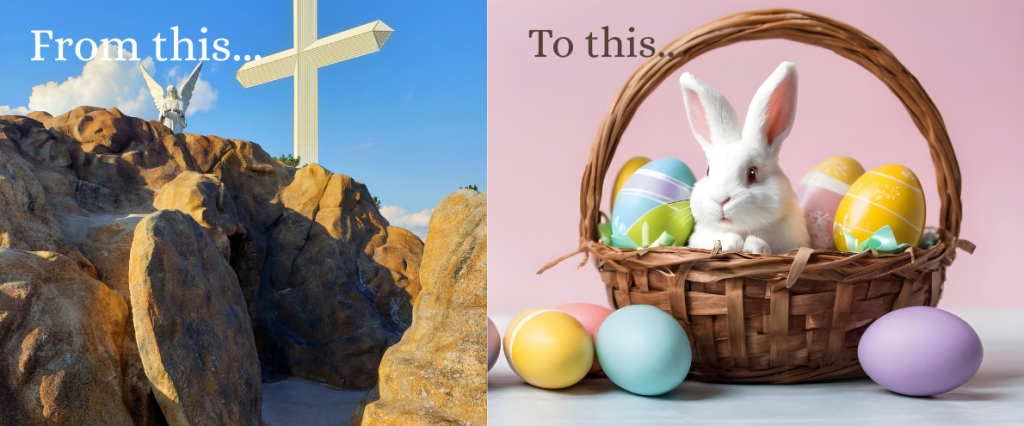
Easter isn’t about bunnies and pastel eggs; instead, it’s a stark reminder of its spiritual decay. It’s time to wake up and realize how far we’ve fallen.
Just a few years ago, a simple search for Easter imagery would have shown you a balance between the sacred and the commercial.
Today? It’s all bunnies and eggs.
If you’re lucky, you might find one or two token religious symbols buried in the mix.
But if you’re really searching for something that connects to the deeper, spiritual roots of the holiday, good luck.
It’s almost as if those sacred symbols have been scrubbed from the Internet and the celebration altogether. An insightful spiritual decay.
So, let’s ask the question we’ve all been too afraid to ask: What happened to the real meaning of Easter?
The Historical Spiritual Significance of Easter
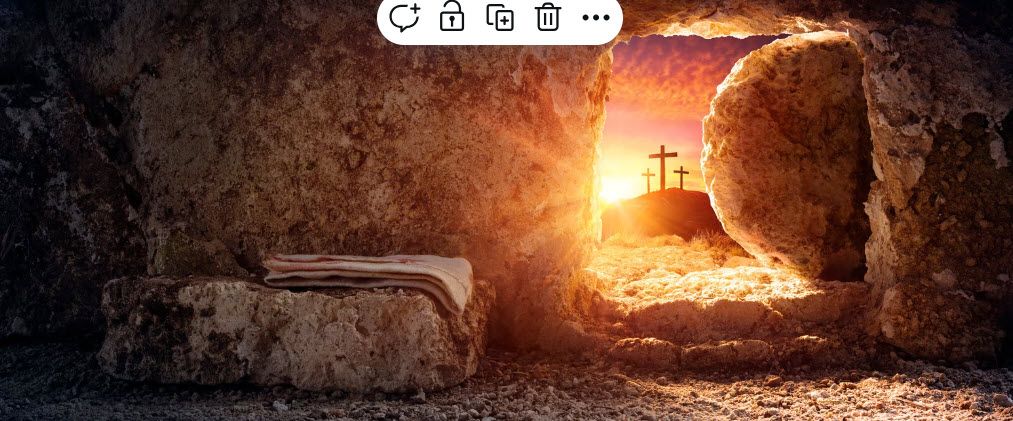
Let’s get something straight—Easter was never about candy or cute animals.
It was about resurrection. Rebirth. Spiritual renewal.
Those symbols weren’t just decorations—they were the core of the holiday.
Think about it: the cross, the resurrection, hope in the face of despair.
Easter once spoke directly to the soul.
And now? It’s been reduced to a sugary sweet retail opportunity clear signs of spiritual decay.
We swapped sacred for silly, and somewhere along the way, we forgot what it was really all about.
The Rise of Commercial Easter Imagery
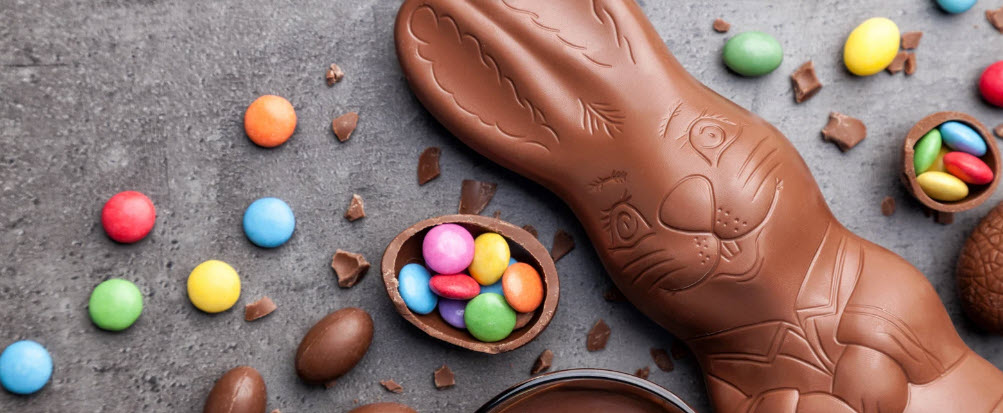
This didn’t happen overnight. Somewhere along the line, Easter became another opportunity for businesses to push their products.
The Easter Bunny, once a minor character, was suddenly the face of the holiday.
Chocolate eggs and pastel-colored everything flooded store aisles. It made it clear: this wasn’t about spiritual rebirth anymore.
This was about cashing in. Money at the expense of spiritual decay.
Retailers didn’t just take Easter and commercialize it—they transformed it.
It was no longer about the sacred, it was about selling you a version of Easter that was cute, colorful, and devoid of any real depth.
And we bought it. Hook, line, and sinker.
The Shift Away from Spiritual Imagery
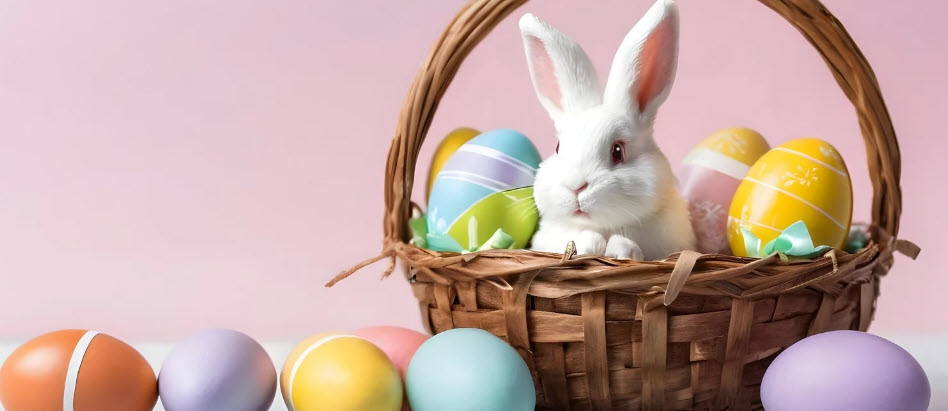
Now, if you do a quick search for Easter imagery, what do you get? Bunnies. Eggs. Flowers.
The few spiritual symbols left are buried so deep that you’d have to dig for them.
And here’s the kicker: it’s not just an accident. It’s by design that corporate America continue to pursue the spiritual decay of Easter.
Why? Because it’s easier to sell you a product when it has no spiritual weight attached to it.
When Easter is just about chocolate and egg hunts, it’s a lot easier to market to you.
And we’ve allowed it to happen.
In the process, we’ve lost the deeper meaning of a holiday that’s meant to remind us of something much bigger than a sugar rush.
Is This a Manipulation of Tradition?
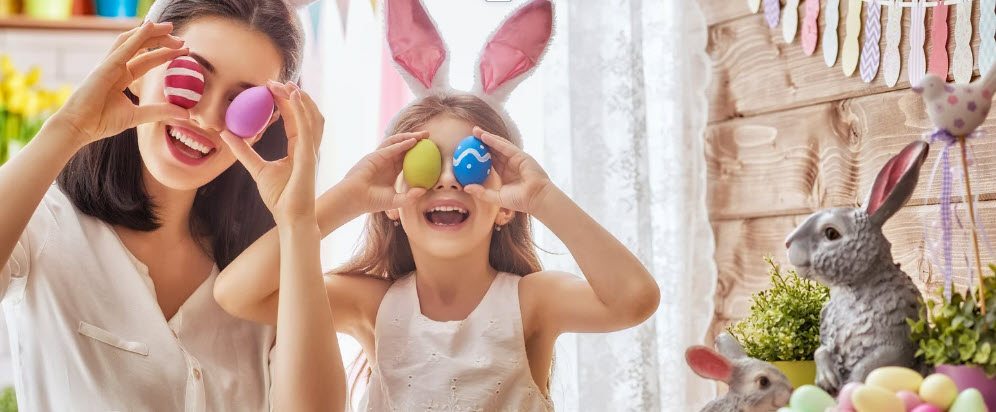
Here’s the real question: is this just a harmless trend? Or is it part of a larger, more intentional push to strip our traditions of their spiritual meaning?
Look at Christmas—same story. They’ve taken a holiday that once symbolized peace and goodwill and turned it into an all-out shopping spree. Another sad fact of spiritual decay.
Now Easter is following the same path, and we’re letting it happen.
Is it manipulation? Absolutely. And we’re buying into it.
We’ve allowed ourselves to be lulled into thinking this is just how things are now.
But here’s the truth: it doesn’t have to be this way.
How We Can Reclaim the Spiritual Essence of Easter
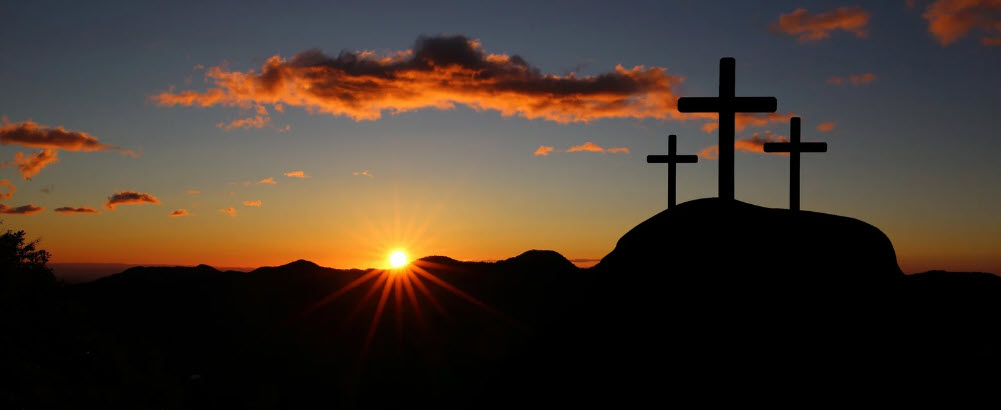
It’s time to stop letting retail giants tell us how to celebrate. It’s time to reclaim the heart of Easter.
We can start by choosing what we represent. Instead of plastering eggs and bunnies everywhere, why not bring back symbols of spiritual renewal?
Resurrection. Hope. Transformation. These are the symbols that defined Easter once upon a time, and they still have meaning today.
So, here’s my challenge: This Easter, let’s stop playing into the commercial machine. Let’s reclaim the spiritual heart of the holiday.
The world doesn’t need more plastic eggs. It needs more resurrection. More rebirth. More hope.
Conclusion
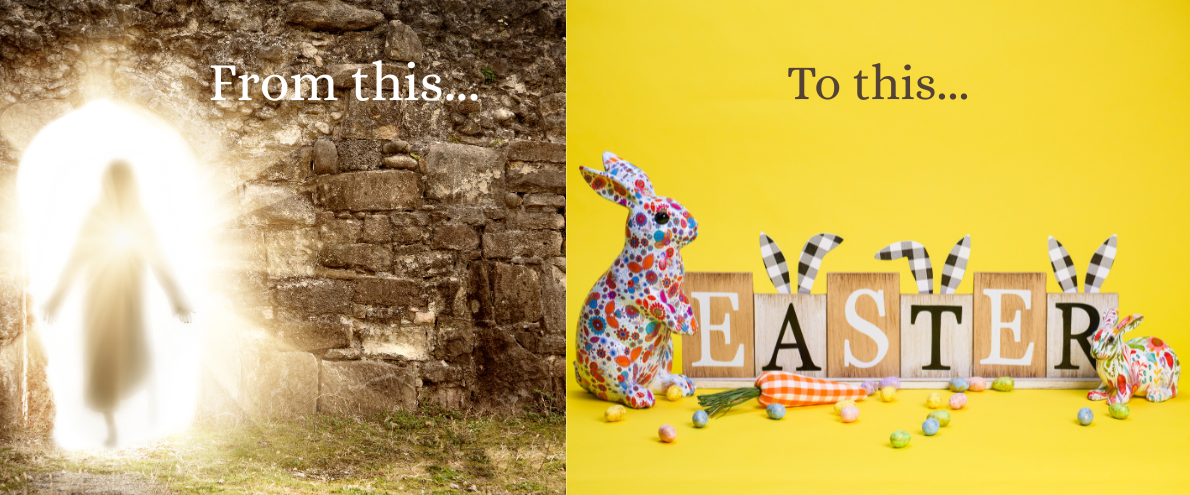
Don’t wait for the commercial machine to give Easter back its meaning. Take it. Reclaim it. Own it. Stamp out spiritual decay!
In a world that’s constantly selling you something, maybe it’s time to start buying back your spiritual freedom.
Easter isn’t just a holiday. It’s a chance to reconnect with the deeper parts of ourselves.
And that’s a celebration worth having.
